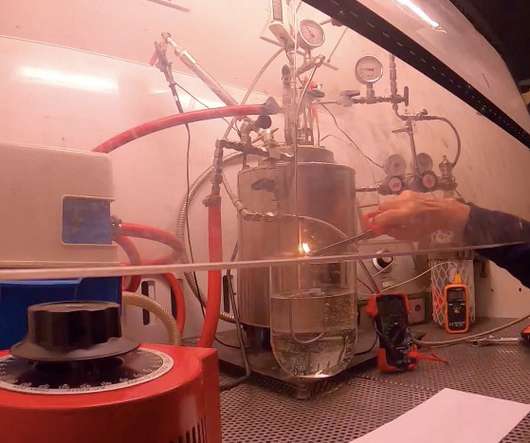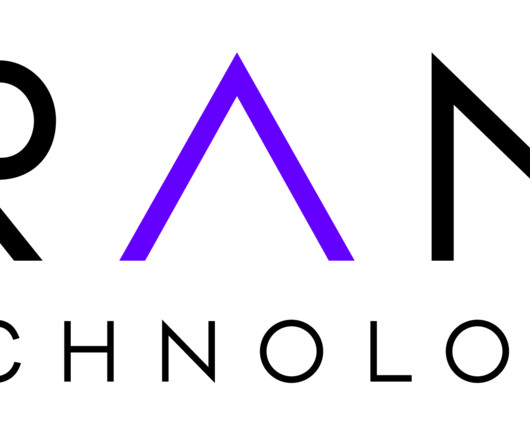Canada’s net-zero opportunities might skip some provinces
Corporate Knights
MAY 25, 2022
In Ontario and Alberta, significant policy reversals in recent years have weakened the business case for emerging clean-tech firms, which need major local customers to commercialize and scale up their technology. . But the government plans to rely more heavily on natural-gas-fired power for electricity over the next decade.















Let's personalize your content